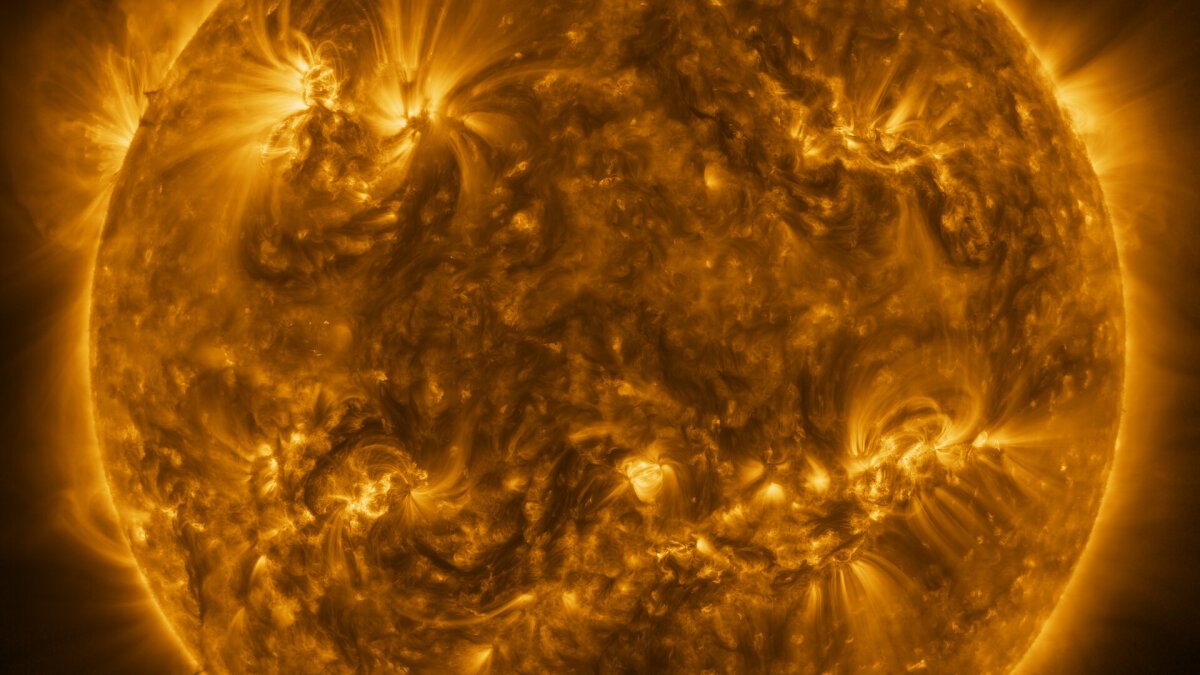Space scientists have released the sharpest and most detailed picture of the sun and its outer atmosphere ever taken, revealing the jacket of gases enveloping the star, called the corona.
You’ve heard it since you were a kid: Don’t look at the sun unless you want to go blind. The sun’s brightness and radiation can cause retinal burns, heating and cooking the exposed tissue of the eye. Fortunately, there are high-powered telescopes that can do the dirty work: stare directly into the brightest object in the sky.
The Solar Orbiter, a collaborative mission of the European Space Agency and NASA launched in February 2020, snapped the new picture on March 7. The spacecraft shot it from within the orbit of Mercury, about 47 million miles from the sun.
The photo is a mosaic of 25 individual images layered to create one high-resolution spectacle, showcasing the furiously stewing cauldron of the solar system. The sun’s corona reaches nearly 2 million degrees Fahrenheit.
To our eyes, the corona is usually hidden by the bright light of the sun’s surface, making it difficult to see without special instruments. That’s one reason why the new photo, released this week, is so exceptional.
The orbiter is studying the sun’s magnetic activity and so-called solar wind, gases flowing off the sun that cause “space weather.” Right now, scientists have a limited ability to forecast space weather, which can disrupt power grids, telecommunications, and GPS systems.
The orbiter is also trying to get to the bottom of what causes the corona’s extreme heat. Despite the corona being far away from the sun’s surface, the outer atmosphere is hundreds of times hotter. This defies most physics: Usually temperature drops as you move farther from a heat source.
NASA is also conducting groundbreaking research on the sun with its Parker Solar Probe. Last year, the probe traveled closer to the searing orb than any spacecraft before, dipping into the corona just 6.5 million miles from the sun’s surface. During the April 2021 flyby, Parker reached 90 to 95 percent of the distance from Earth to the star, and it’s expected to get a heck of a lot closer.
